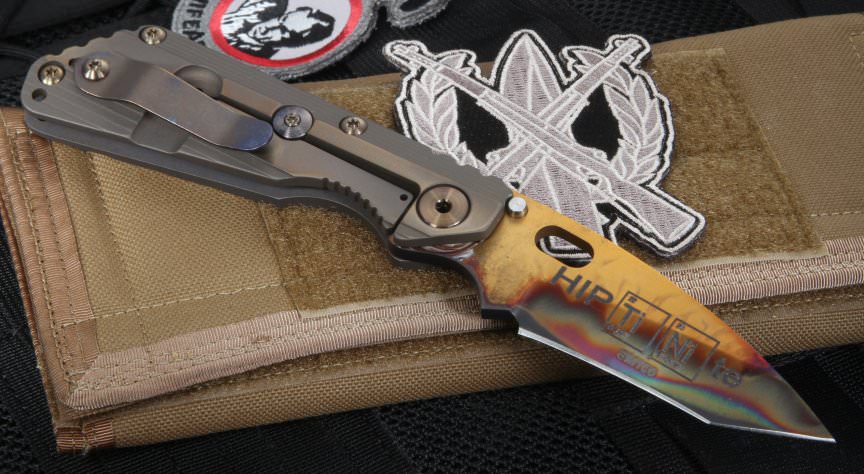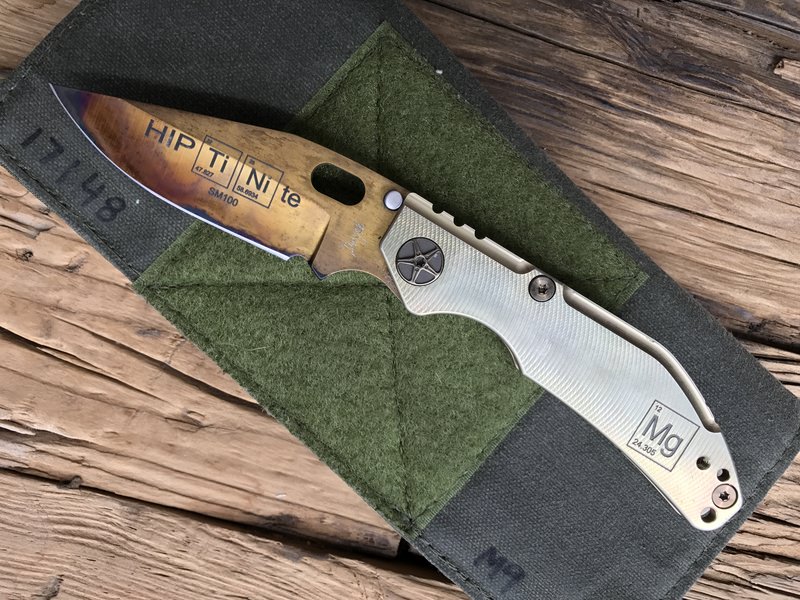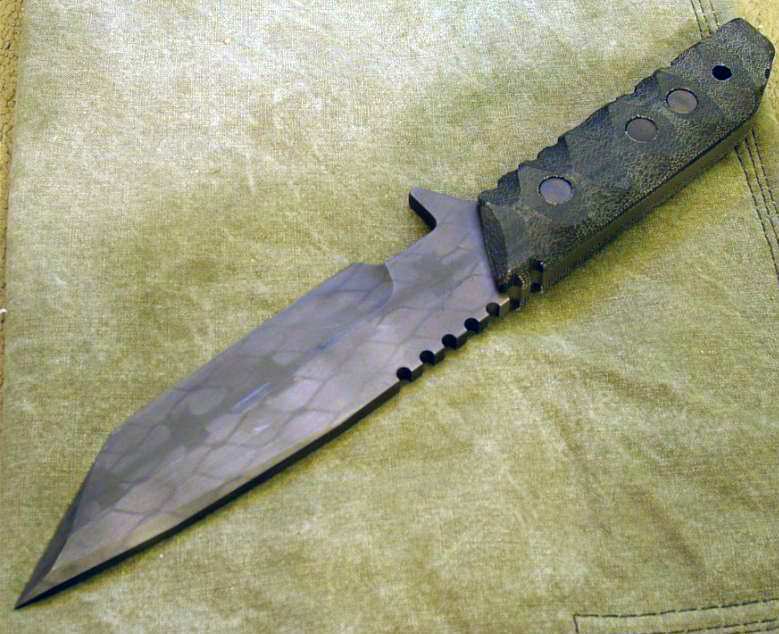What is the hardest metal on Earth for a knife blade?
13th Sep 2019
Although there is no replacing a good alloy or steel when it comes to overall performance, durability, edge holding, affordability AND serviceability they lose out to Nitinol when it comes to hardness. Since we have yet to test a blade made of diamond we submit SM-100 as the winner.

This alloy was first worked with by the Naval Ordnance Laboratory back in 1959. It’s a simple yet hard to process pairing of titanium (40%) and nickel (60%), hence the name it was first given Ni-Ti-Nol for Nickel-Titanium Naval ordnance lab.
The reason for this original pairing of alloys was a search for a super- elastic alloy for missile nose cones that would be pliable, yet remain corrosion resistant and super strong at extreme heat. Not only that, but have the flexibility and memory to return to its original shape after cooling. It wasn’t until more recently that the alloy became possible to truly process it and machine it for the knifemaking community to consider it.
Custom knifemakers have sought out tough materials to make blades that won’t corrode or rust since metal was first employed in their making. In 2005, knifemaker Duane Dwyer worked with SB Specialty Metals on a particle metallurgy process for Nitinol. Their experimenting and persistence paid off in 2006 when they created a powdered metal version they dubbed SM-100. We mentioned it was hard to work with? It took another 3 years to get the process down so a knife blade could be produced.

The SM-100 brand of Nitinol is so light and extremely tough that unlike “normal” metals that can take a single sanding belt to form and sharpen them, this alloy would consume six or more! Hardness can be as high as 67RC. The benefits are numerous-
The ultra fine crystal structure is great for knives used in food prep. Smaller void space in the crystalline structure means there is less of a chance for bacteria to hide and grow. And as mentioned a knife would be extremely hard and exceedingly tough. The edge retention would be razor sharp for a far longer period of time than any other knife material used today. And it is so non-corrosive (won’t ever rust) that NASA considers it “corrosion proof”. That’s high praise. Drop this in the ocean and fish it out 100 years later and you’d swear it was just dropped in…really, it will look like new. Lastly, titanium with oxidation techniques while heat treating can take on unique surface colors mimicking a dazzling rainbow, making each potentially a stunning, unique work of art.

So, why aren’t all knives made with this wonder alloy then?
The process to make and form SM-100 is so difficult, time consuming and expensive that it’s reflected in the availability (or lack thereof) and extremely high cost. They aren’t all that practical to own if your bank account has anything to say about it. And all that extreme hardness we’ve been touting is simply not ideal for any blade that will be used for concussive purposes like a machete, chopper, Bowie, etc. The hardness makes it brittle if struck with concentrated force and may break or chip. It doesn’t absorb hard blows or flex to absorb strikes like other metals when shaped into a knife blade all that well.
SM-100 is master of some traits knifemakers desire, but is certainly not the jack of all trades. So high carbon steel, stainless, and all you other alloys being used in knives can breathe a sigh of relief, your reign is not over.


 Gift Cards
Gift Cards